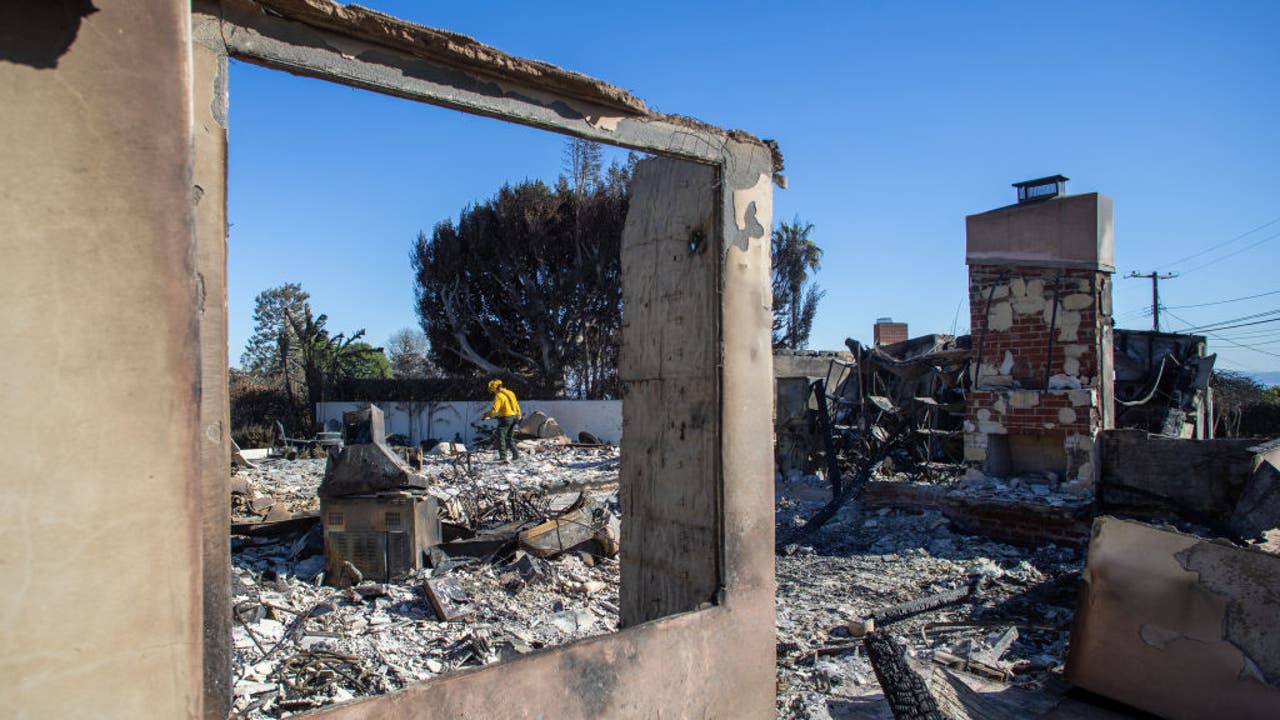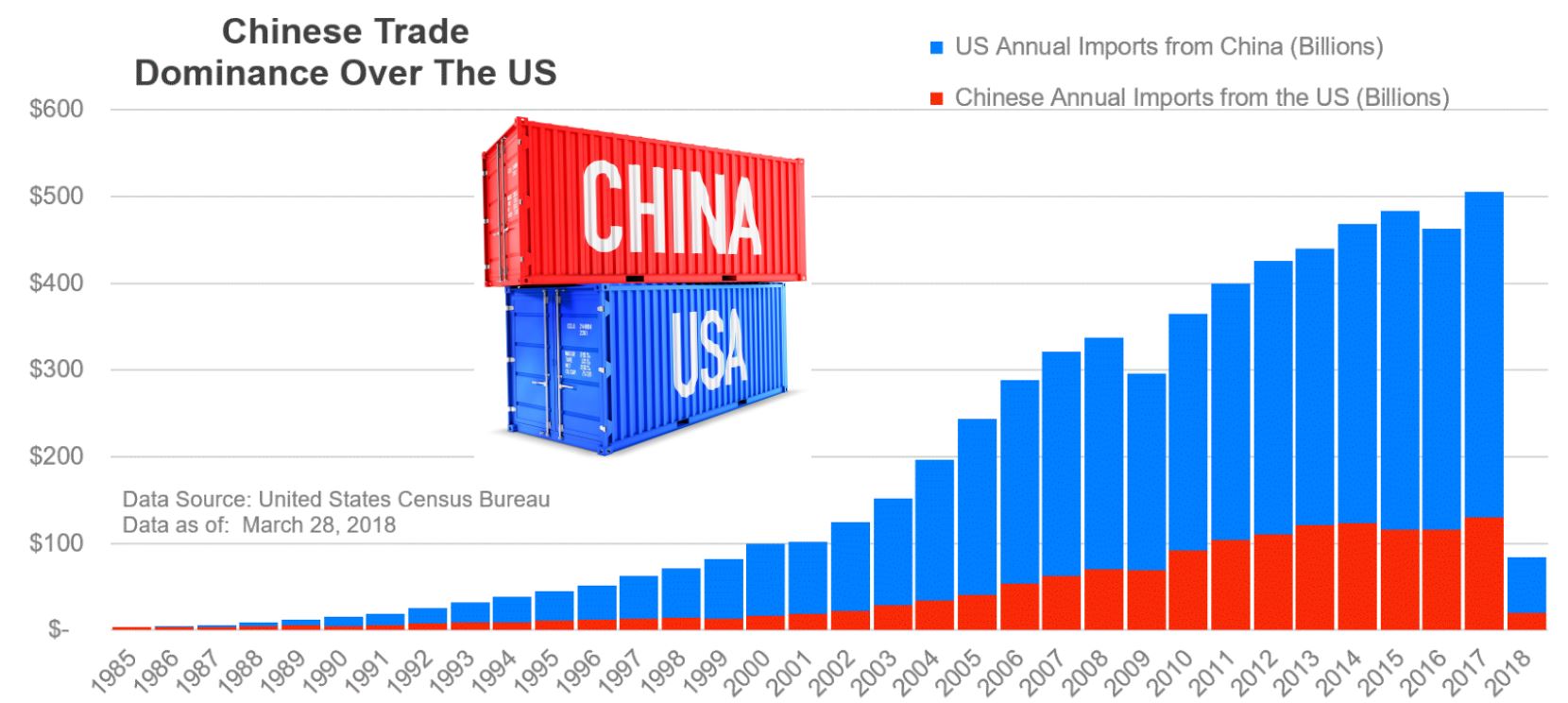Trump Protests: A Nationwide Uprising

Table of Contents
Key Catalysts for Trump Protests
Several interconnected factors fueled the widespread Trump protests across the United States. These weren't simply reactions to a single event; rather, they represented a confluence of deeply felt concerns and grievances.
Policy Opposition
Many protests stemmed from direct opposition to specific Trump administration policies. These policies ignited passionate responses and fueled significant demonstrations across the country.
- Immigration Policy: The "zero tolerance" policy at the US-Mexico border, the travel ban targeting several Muslim-majority countries, and the ongoing debates surrounding DACA (Deferred Action for Childhood Arrivals) sparked massive protests nationwide. These protests ranged from small, localized demonstrations to large-scale marches in major cities.
- Healthcare Policy: Attempts to repeal and replace the Affordable Care Act (ACA) led to widespread protests, with concerns focused on the potential loss of healthcare coverage for millions of Americans. These protests often involved healthcare workers, patients, and concerned citizens.
- Environmental Regulations: The Trump administration's rollbacks of environmental regulations, including those related to clean air and water, climate change, and public lands protection, provoked significant protests from environmental activists and concerned citizens. These protests frequently involved civil disobedience tactics.
Statistics on protest attendance varied widely depending on the specific event and location. However, many protests drew tens of thousands of participants, demonstrating the scale of opposition to these policies. Quotes from protesters frequently highlighted concerns about the ethical and practical implications of these policies, emphasizing their impact on vulnerable populations.
Concerns about Democracy and Governance
Beyond specific policies, many protesters voiced deep concerns about the Trump administration's approach to governance and its perceived threats to democratic norms.
- Allegations of Russian Interference: Protests erupted following allegations of Russian interference in the 2016 presidential election, with demonstrators demanding a full and transparent investigation. Common slogans included calls for accountability and an end to foreign interference in US elections.
- Accusations of Authoritarianism: Concerns about Trump's rhetoric and actions, perceived as authoritarian or undermining democratic institutions, fueled numerous protests. These protests often emphasized the importance of checks and balances and the rule of law.
- Erosion of Democratic Norms: Protests also focused on perceived attacks on the free press, judicial independence, and the integrity of government institutions. These concerns were often linked to broader anxieties about the future of American democracy.
Media coverage played a significant role in shaping public perception of these protests. While some media outlets emphasized the scale and intensity of the protests, others downplayed their significance or focused on counter-protests. This disparity in media coverage contributed to the polarization of public opinion surrounding the Trump presidency.
Social and Economic Inequality
The Trump protests also reflected underlying social and economic anxieties and divisions within American society.
- Income Inequality: Protests highlighted growing income inequality and the perceived unfairness of the economic system. These protests often included calls for economic justice and greater social equity.
- Racial Justice: Protests against police brutality and racial injustice frequently coincided with, and often intersected with, protests against Trump's policies and rhetoric. These protests frequently involved calls for police reform and an end to systemic racism.
The demographics of protesters varied widely, reflecting the broad range of concerns that fueled the movement. While many protesters were politically active individuals, many others were first-time participants driven by a sense of urgency and alarm. Sociological studies have explored the various factors contributing to this widespread participation, highlighting the interplay between political mobilization, social networks, and individual experiences of inequality.
Geographic Distribution and Forms of Protest
Trump protests were not confined to a single city or region; they erupted across the country, reflecting the widespread nature of the opposition.
Major Protest Locations
Significant protests took place in numerous major US cities, including but not limited to:
- New York City: Numerous large-scale marches and demonstrations occurred in New York City, often focusing on issues such as immigration, healthcare, and environmental protection.
- Los Angeles: Los Angeles saw consistent protests, reflecting the city's large and diverse population. Many protests in LA focused on issues of racial justice and income inequality.
- Chicago: Chicago also hosted numerous protests, often organized around specific policy issues or in response to significant events.
- Washington D.C.: As the nation's capital, Washington D.C. was a focal point for many large-scale protests, often targeting the White House and other government buildings.
Maps illustrating the geographic distribution of protests reveal a nationwide pattern, although the intensity and frequency of protests varied regionally depending on local demographics and political contexts. Regional variations in protest themes and tactics also emerged, reflecting diverse local concerns and priorities.
Diversity of Protest Tactics
The Trump protests employed a wide range of tactics, demonstrating the diverse strategies used to express dissent and exert political pressure.
- Marches and Rallies: Large-scale marches and rallies were common, offering a visible demonstration of public opposition.
- Civil Disobedience: Some protests involved acts of civil disobedience, such as sit-ins and blockades, aiming to disrupt normal routines and draw attention to specific issues.
- Online Activism: Social media played a crucial role in organizing protests, disseminating information, and amplifying voices of dissent. Online activism mobilized support, facilitated coordination, and broadened the reach of the protests.
The strategic use of different protest tactics aimed to maximize impact and garner public attention. The integration of online and offline activism proved particularly effective in mobilizing participation and spreading awareness of the protests.
Impact and Legacy of the Trump Protests
The nationwide Trump protests had a significant impact, leaving a lasting legacy on American politics and society.
Political Consequences
The protests exerted considerable political pressure, although assessing their precise influence on specific outcomes is complex.
- Election Outcomes: While it's difficult to directly attribute specific election outcomes to the protests, the widespread opposition expressed through these demonstrations likely influenced voter turnout and contributed to shifts in political alliances.
- Policy Changes: Some argue that the protests played a role in shaping the trajectory of certain policies, influencing the administration's approach to specific issues. However, the extent of this influence is subject to ongoing debate.
Academic studies examining the impact of protests on policy outcomes have yielded mixed results, highlighting the challenges of isolating the direct effects of protests from other factors influencing political decision-making.
Social and Cultural Impact
Beyond immediate political consequences, the Trump protests had a profound social and cultural impact.
- Increased Political Polarization: The intensity of the protests, coupled with often starkly divided media coverage, contributed to an increase in political polarization within American society.
- Shifts in Public Discourse: The protests spurred significant shifts in public discourse, forcing conversations about critical social and political issues into the national spotlight.
- Emergence of New Social Movements: The protests helped galvanize existing social movements and contributed to the emergence of new movements focused on social justice, environmental protection, and democratic reform.
The long-term effects on political participation and civic engagement remain to be fully assessed. However, the widespread nature of the protests suggests a lasting impact on political mobilization and public awareness of critical social and political issues.
Conclusion
The nationwide Trump protests represent a significant chapter in American political history. Fueled by opposition to specific policies, concerns about democratic governance, and anxieties about social and economic inequality, these protests took diverse forms and exerted a considerable influence on the political landscape. Understanding the dynamics of these protests offers crucial insights into the power of collective action and the ongoing evolution of political engagement in the US. Further research into specific aspects of these protests, including their long-term effects on policy and political discourse, is essential for a comprehensive understanding of this significant historical period. Continue to engage with and analyze the ongoing impact of these historic Trump protests.

Featured Posts
-
 Cassidy Hutchinson Key Witness To January 6th Announces Memoir
Apr 22, 2025
Cassidy Hutchinson Key Witness To January 6th Announces Memoir
Apr 22, 2025 -
 Section 230 And Banned Chemicals The Impact On E Bay Sellers
Apr 22, 2025
Section 230 And Banned Chemicals The Impact On E Bay Sellers
Apr 22, 2025 -
 La Fires Landlords Accused Of Price Gouging Amidst Crisis
Apr 22, 2025
La Fires Landlords Accused Of Price Gouging Amidst Crisis
Apr 22, 2025 -
 Understanding Stock Market Valuations Bof As Advice For Investors
Apr 22, 2025
Understanding Stock Market Valuations Bof As Advice For Investors
Apr 22, 2025 -
 Assessing The Risks Trumps Trade Offensive And Us Financial Dominance
Apr 22, 2025
Assessing The Risks Trumps Trade Offensive And Us Financial Dominance
Apr 22, 2025
